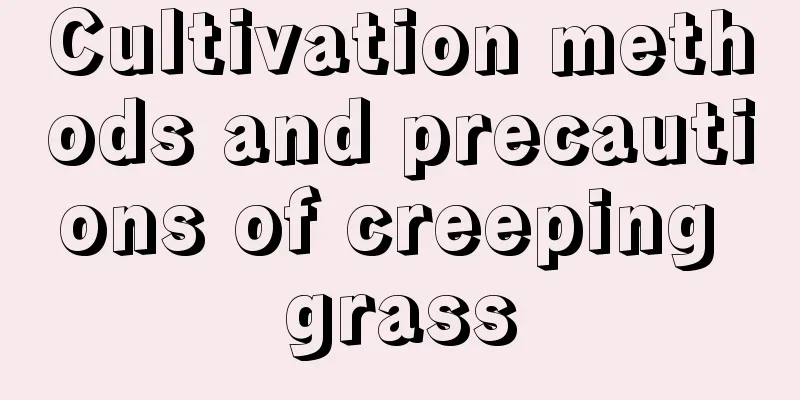What fertilizer is good for peppers?

Overview of Pepper FertilizationPepper is a plant of the Solanaceae family and the genus Capsicum. The suitable temperature for seed germination is 25-30 degrees, and the suitable temperature for growth is between 15-34 degrees. It is neither drought-resistant nor waterlogged. Peppers have a relatively high demand for fertilizer during their growth process. Generally, nitrogen fertilizer, phosphorus fertilizer and potassium fertilizer are needed. Fertilizers containing trace elements such as calcium, magnesium, iron, boron, copper and zinc are also needed. What fertilizer is good for peppers?When fertilizing peppers, you usually need to choose different fertilizers according to different fertilization times. Generally, base fertilizer needs to be applied when planting. It is usually better to use organic fertilizer and superphosphate as base fertilizer, and a certain amount of potassium sulfate should also be added. If top dressing is done during the pepper seedling stage, it is better to use organic fertilizer and superphosphate, but the amount should be much less. If top dressing is done on the leaves, it is mainly done during the flowering and fruiting period, and spraying urea and potassium dihydrogen phosphate is more appropriate. How to fertilize peppersWhen fertilizing peppers, you must control the amount of fertilizer. If you apply too much, or use concentrated fertilizer or raw fertilizer, it will cause its roots to be burned and affect the growth of the plant. In addition, you also need to apply reasonable topdressing to the peppers. Do not apply too much nitrogen fertilizer to the peppers to avoid causing them to grow too tall. Base fertilizer : The base fertilizer for peppers is usually applied to the soil before planting. The method of fertilization is to first spread the fertilizer evenly on the soil surface, and then turn the fertilizer into the soil after plowing, so that the fertilizer effect can be better exerted. Top dressing : For peppers, if it is organic fertilizer, you can directly pour it into the soil. If it is granular fertilizer, you need to bury it in the soil, and foliar fertilizer only needs to be sprayed on the leaves. Spring fertilizationThe recommended time for fertilizing peppers in spring is generally March. Because the demand for fertilizer is not much during the seedling period, as long as the base fertilizer is applied in advance, there is no need for excessive fertilizer. After the pepper seedlings are transplanted, the plants' demand for nitrogen fertilizer and phosphorus fertilizer will increase. Summer fertilizationThe best time to apply fertilizer in summer is mid-to-late May, mainly applying phosphorus fertilizer. If there is insufficient phosphorus, it will easily cause flowers and buds to fall off, so be sure to apply phosphorus fertilizer appropriately. Fall FertilizationIn autumn, fertilizer application is generally chosen in August. During this period, potassium fertilizer mainly needs to be applied to the plants. If there is insufficient potassium fertilizer, phenomena such as leaf fall and low fruit set rate will occur, resulting in low pepper yield, so it is necessary to ensure sufficient potassium fertilizer. Winter fertilizationThe time for winter fertilization is around November, and calcium fertilizer is mainly applied to peppers. If the plant lacks calcium, navel rot will occur in the pepper fruit, leading to fruit drop, so calcium fertilizer needs to be supplemented sufficiently. Points to note when fertilizing peppers1. If you want to prevent root burn caused by fertilizer, you can use plant power for foliar spray or root irrigation, or you can use natural brassinolide emulsifiable concentrate for foliar spray and root irrigation, which is more effective. 2. If peppers lack boron, their leaves will turn yellow, the plant will grow slowly, and the flowering period of peppers will be delayed, seriously affecting the yield. Therefore, in order to prevent the leaves from turning yellow, more boron fertilizers need to be applied. |
<<: Can I plant succulents by breaking up red bricks?
>>: What fertilizer is good for Chinese toon trees?
Recommend
How to make Chinese cabbage mature quickly?
The cabbage is approaching the heart stage, which...
Do dahlias prefer shade or sun?
Do dahlias prefer shade or sun? Dahlia, also know...
Is the goldfish plant a shade or sun-loving plant?
Does the goldfish flower prefer shade or sun? Gol...
How to grow the lucky flower
1. Temperature When caring for the lucky bamboo, ...
Cultivation methods and precautions of calamus
1. Lighting Acorus loves light. Whether it is pla...
Is water chestnut a fruit or a vegetable?
Is water chestnut a fruit or a vegetable? Water c...
Causes and treatments of yellow leaves of osmanthus
1. Excessive watering 1. Cause: Excessive waterin...
What fertilizer can be used to grow potatoes for high yield?
In the process of potato planting, fertilization ...
Can Schefflera be exposed to the sun? Does it need to be exposed to the sun often?
Can Schefflera chinensis be exposed to the sun? S...
How to cultivate Viburnum
1. Soil Viburnum is not very demanding on soil co...
How long can yacon be stored and how to preserve it for a long time
1. How long can it be stored? How long it can be ...
How to grow Desert Rose
Watering Desert rose prefers a relatively dry env...
How to make rice water fertilizer
1. Production method 1. Put the water used to was...
What are the cultivation methods and precautions for succulent plants (how to grow succulent plants in good condition)
Succulent plants are very ornamental. They are sm...
How to eliminate small flying insects
How to eliminate small flying insects Method 1: S...









